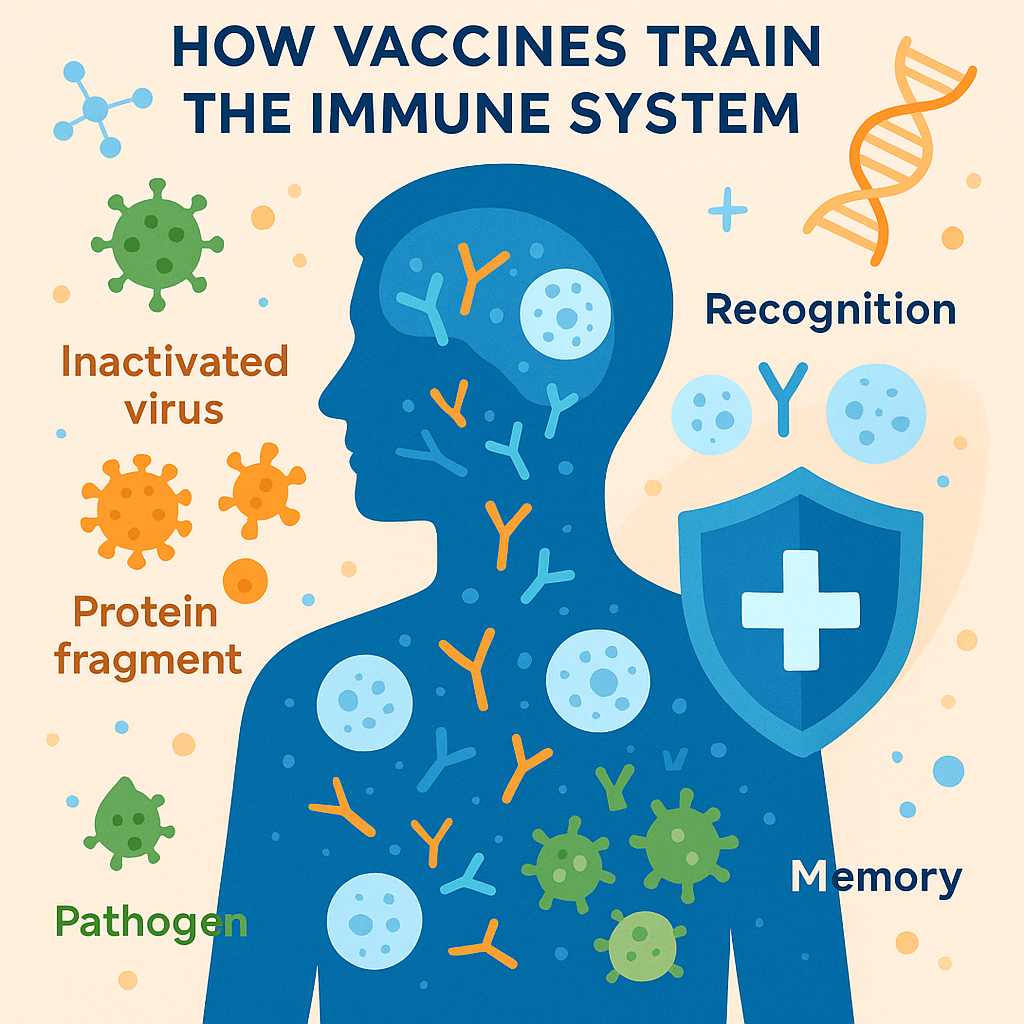Vaccines are among the most significant achievements in medicine, credited with saving millions of lives and eradicating or controlling numerous infectious diseases. But how do these biological marvels actually work inside our bodies? As a scientist, I find the interplay between vaccines and the immune system both fascinating and crucial to understand—especially in our increasingly interconnected world.
The Immune System: Nature’s Defense Network
Our immune system acts as a complex, highly coordinated defense network against pathogens like viruses and bacteria. When a pathogen invades, our body recognizes foreign molecules, called antigens, on the microbe’s surface. Specialized cells then mount a fast, targeted response to destroy the invader and remember it, so future encounters can be defeated even faster.
Vaccines: Safe Training for Our Defenses
A vaccine contains harmless forms or pieces of pathogens—this might be an inactivated virus, weakened bacteria, or just a protein from the microbe’s surface. These components aren’t capable of causing full-blown illness, but they do carry the critical antigens our immune system needs to recognize the real pathogen.
When you receive a vaccine, your immune system responds by producing specific antibodies and memory cells tailored to those antigens. If you later encounter the real pathogen, your immune memory kicks in, rapidly producing the right antibodies to neutralize the threat—often before you even notice symptoms.
The Chemistry of Immunity
The effectiveness of vaccines arises from both biological and chemical ingenuity. Tiny components called adjuvants are often added to vaccines to enhance the immune response, ensuring strong, long-lasting protection. These adjuvants work by stimulating immune cells and improving antigen presentation.
Herd Immunity: Community Protection
By vaccinating large portions of a population, we can achieve herd immunity. This means even people who can’t be vaccinated (such as those with certain health conditions) are protected because disease spread is dramatically reduced. This collective defense is how we’ve come close to eliminating illnesses like polio and measles in many parts of the world.
Why Understanding the Science Matters
The biology and chemistry behind vaccines reveal not just how they work, but why they’re safe and effective. Staying informed, dispelling myths, and appreciating the elegant science behind vaccines are vital steps toward a healthier society. Vaccines are a testament to humanity’s ability to harness biology and chemistry for the common good—a subject that never ceases to inspire me as a scientist.


Leave a Reply